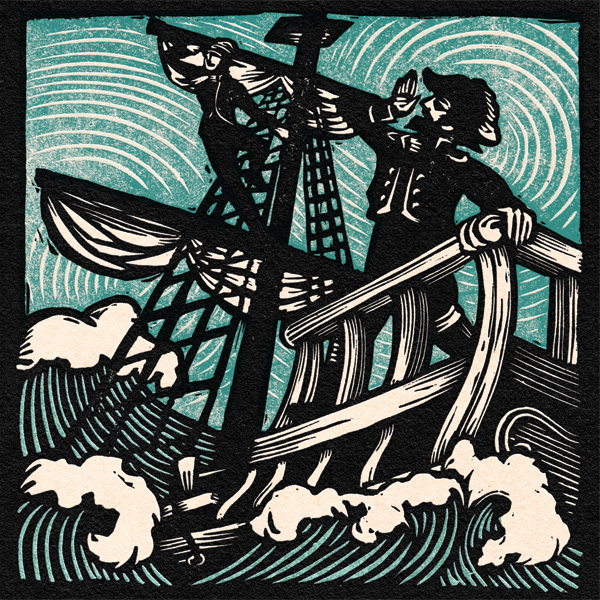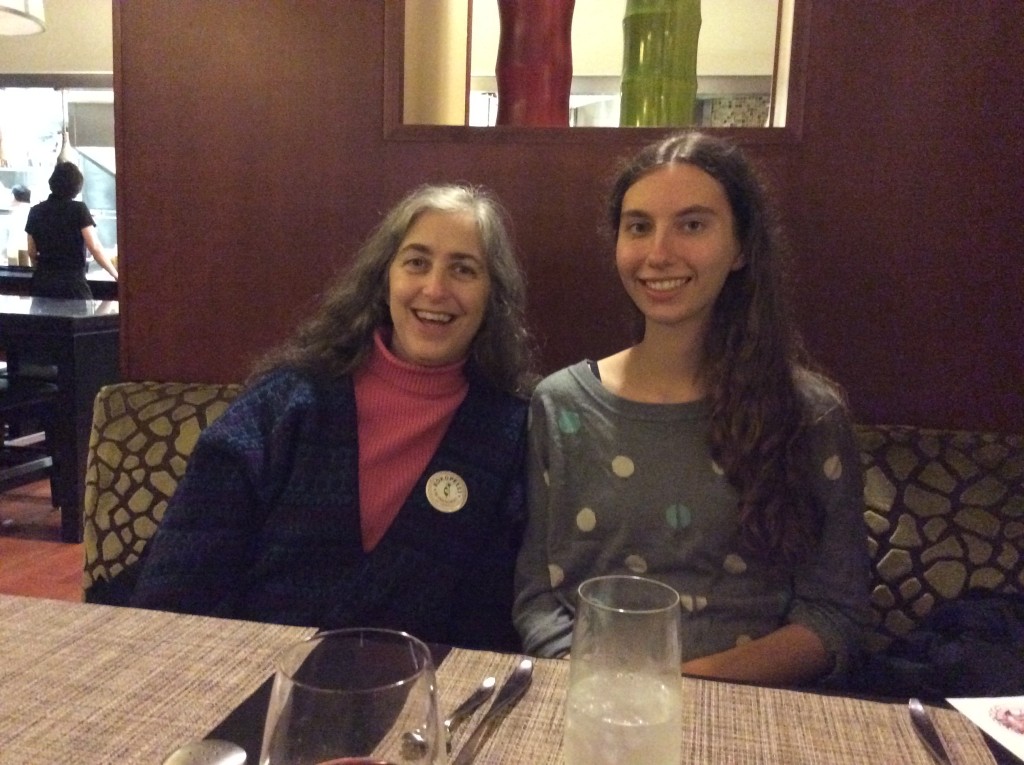Random Thread: November 2015
He made a harp of her breast-bone,
Whose sounds would melt a heart of stone.
The strings he framed of her yellow hair,
Whose notes made sad the listening ear.
— Child 10C, “The Twa Sisters”
Just about everything that can happen in folklore happens in the Child Ballads, a set of 305 songs collected by Francis J. Child in the late 1800s and compiled in his book English and Scottish Popular Ballads. They’re about true love and intense cruelty, loyalty and betrayal, riddles and disguises and transformations. They’re full of strange, arresting imagery: a river of blood and a harp made of a dead girl’s bones, a man who sings songs to the fairies to save his true love and a woman cursed to be pregnant for years without ever giving birth. The knight a boy meets on the way to school turns out to be the devil; a monster who eats a king’s horse and hounds becomes a beautiful woman. Some stories end happily and some don’t. Sometimes it depends who the teller is. They come from oral tradition and from single authors; they’re magic, mythic, mundane. The Child Ballads, like all the best fairytales, reassure and terrify, wound and enchant.
They’ve been reinterpreted over and over by academics and musicians and novelists and poets. Francis Child is—in my mind at least—a figure on par with the Grimms, all the more because unlike them he recorded stories genuinely as he found them, without rewrites and with the goal of making existing sources more widely available. His collection wasn’t comprehensive (loads of my favorite English folksongs aren’t there), and it wasn’t the first of its kind (though it was among the first to take such a scholarly approach to these particular sources), but it is a remarkable achievement and, generally, kind of the best thing ever. I love it.
(I have many, many favorites, but I have special love for Tam-Lin, Edward, Thomas Rhymer, King Henry, Riddles Wisely Expounded, The False Knight on the Road, and The Twa Sisters. The illustration on this post is from “Sir Patrick Spens,” as illustrated by Peter Nevins.)
—ZNZ
Date: October 31, 2015
Categories: At the Top of the Blog, Random craziness



